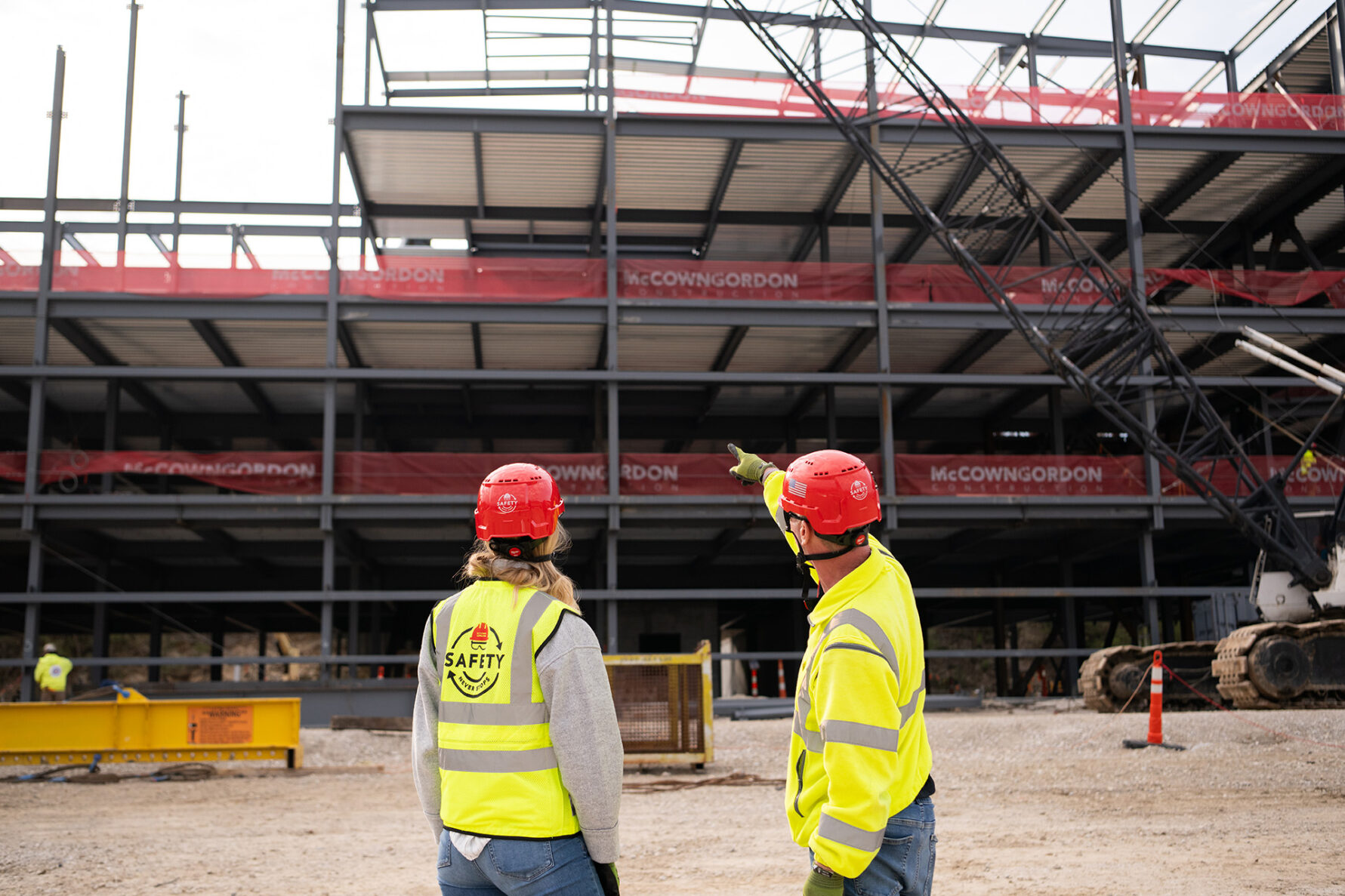Showing real progress on a job site is not just about proving work is happening. It is about keeping everyone aligned, preventing surprises, and building trust with clients, investors, and crews. When progress is visible and documented clearly, decisions happen faster and costly rework drops.
The best approach combines consistent capture, simple structure, and a format that different audiences can understand quickly. Below is a practical system you can adapt to any project size, from a small renovation to a multi phase commercial build.
Build a clear progress story from day one

The biggest mistake teams make is starting progress reporting too late or without a plan. Before ground is broken, define what “progress” means for your project in measurable steps. Tie those steps to your schedule, such as foundations complete, framing closed, MEP rough-in finished, interior fit out started, and final commissioning.
Once milestones exist, agree on how you will show them. Photos alone can work, but a more complete story comes from pairing visuals with short notes that explain what changed since last update. If your stakeholders respond best to visual proof or remote walkthroughs, click here to read about construction videographer can be a useful option to make progress easier to understand without lengthy reports.
Keep your reporting rhythm steady. Weekly updates are usually the sweet spot, because daily reporting creates noise and monthly reporting hides problems. Use the same day each week so everyone knows when to expect the update and can plan reviews around it.
Capture progress in a consistent and repeatable way

Consistency beats fancy tools. Pick fixed viewpoints across the site, for example four corners, key corridors, and critical rooms, and capture from those points every time. That way each update can be compared instantly to the last one, even by someone unfamiliar with the project.
Use a simple checklist for every capture session. Include wide shots for context, medium shots for key assemblies, and close ups for quality details like waterproofing, rebar spacing, or fire stopping. If work is spread across multiple levels, take the same sequence floor by floor so you never miss hidden progress.
When possible, add short video clips for complicated areas. A thirty second walk through of a plant room or a facade zone often communicates more than ten still images. Keep movement slow and steady so the viewer can orient themselves, and always narrate or label what they are looking at.
Store everything in a shared folder with dates in the file names. A clear naming rule like “2025 11 25 Level 3 East Wing” prevents chaos later. Avoid mixing personal phone albums with project records, because files get lost when devices change or people leave.
Turn raw updates into decisions and accountability

Progress reporting is useful only if it drives action. Every update should answer three questions. What was completed, what is in progress, and what is blocked. Keep the text short and connect it to the schedule so readers see impact immediately.
Use visuals to highlight risk. If a delivery delay is affecting framing, show the empty zone and state the consequence in plain terms. If a rework area exists, show both the problem and the fix plan. This prevents blame games because everyone is working from the same reality.
For internal teams, add a quick “next week look ahead” section. List the trades coming in, the areas they need, and any approvals required. It turns progress reporting into coordination, not just documentation.
For clients, focus on milestones, quality checkpoints, and budget relevance. They want reassurance and clear signals that the project is on track. A consistent progress story backed by clean visuals builds confidence and reduces micromanagement.
Conclusion: The best way to show job site progress is to treat it as a simple system, not a one off task. Define milestones early, capture from the same viewpoints on a steady rhythm, and translate updates into clear decisions. When everyone sees the same progress story, projects move faster and with fewer surprises.

